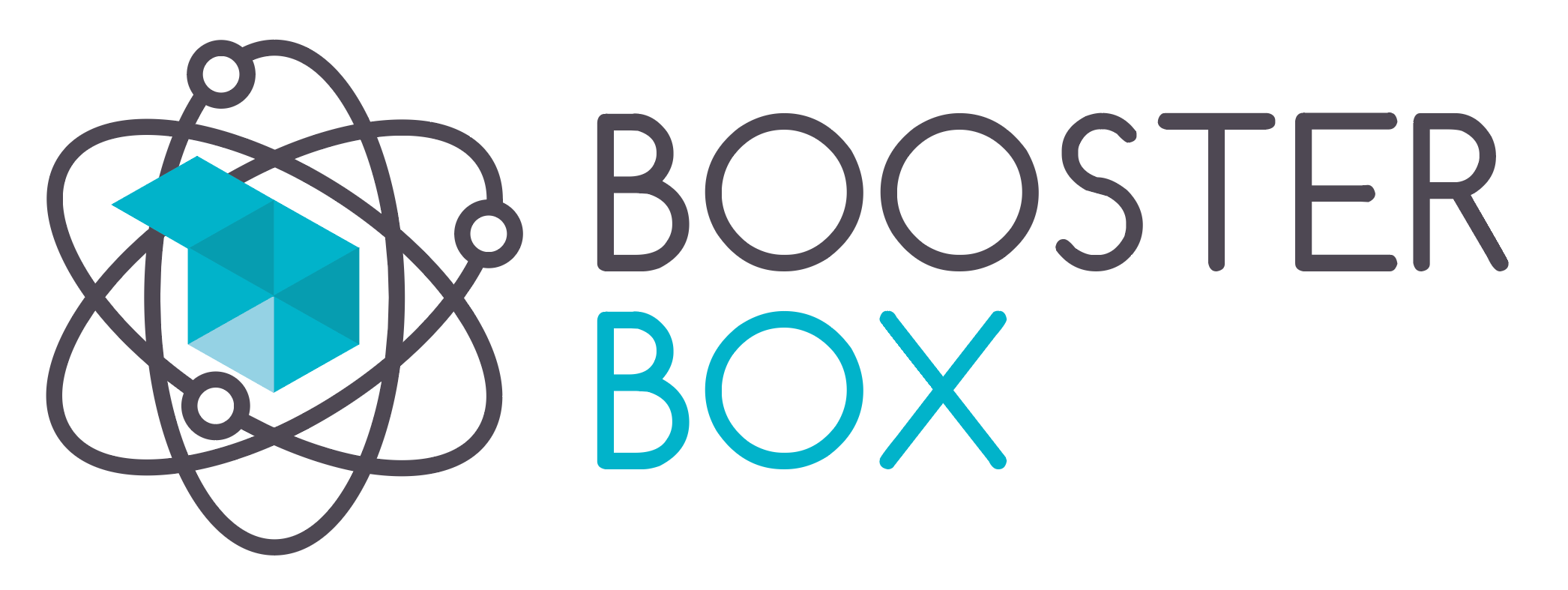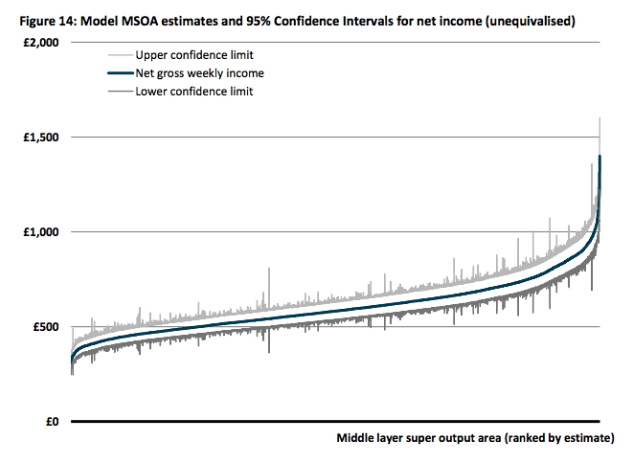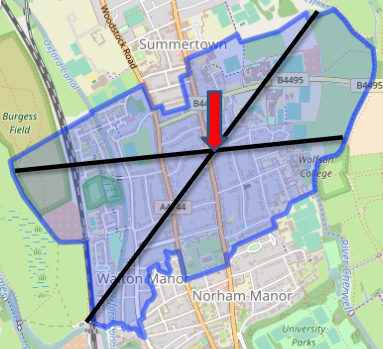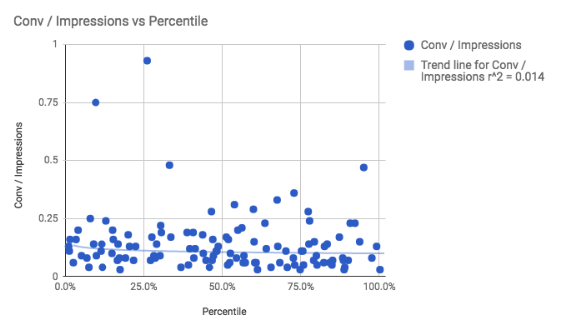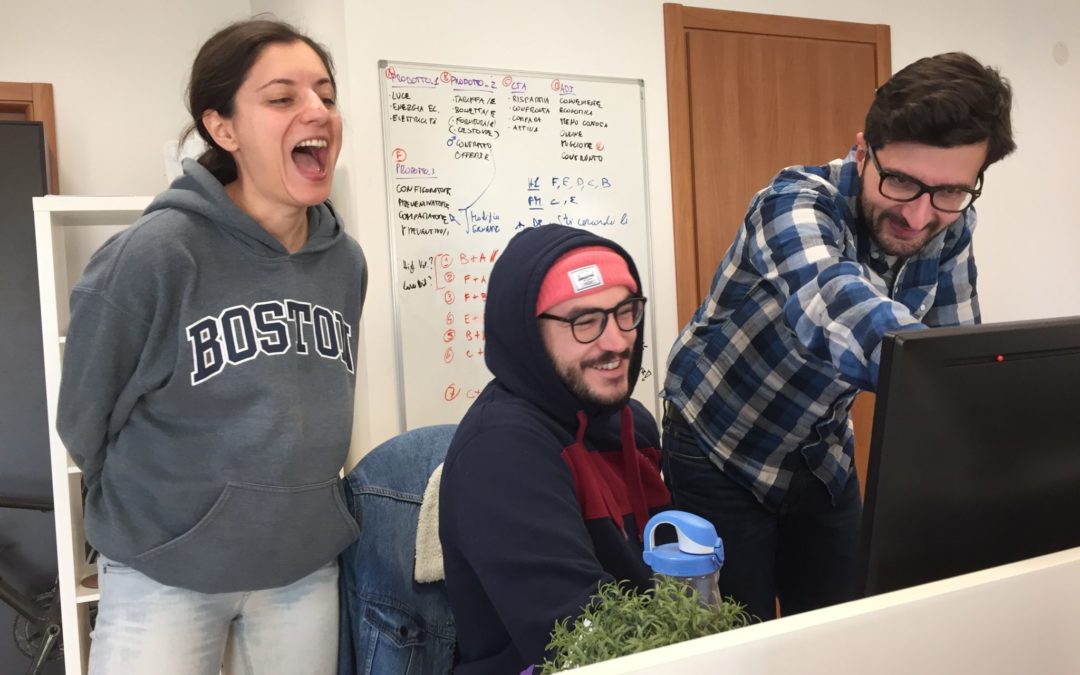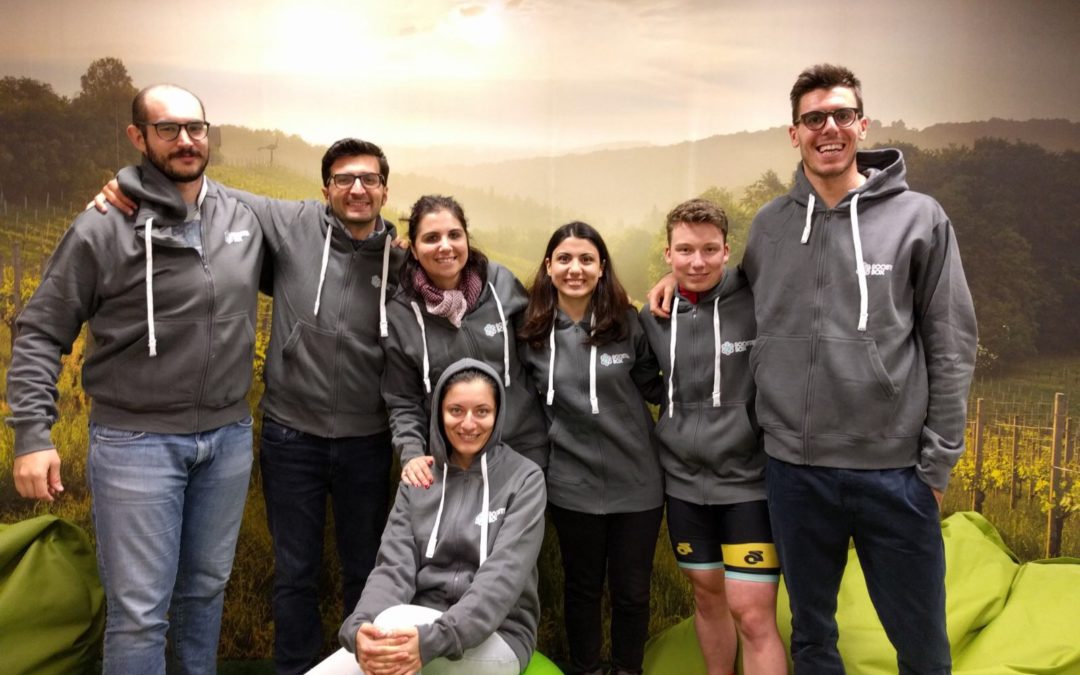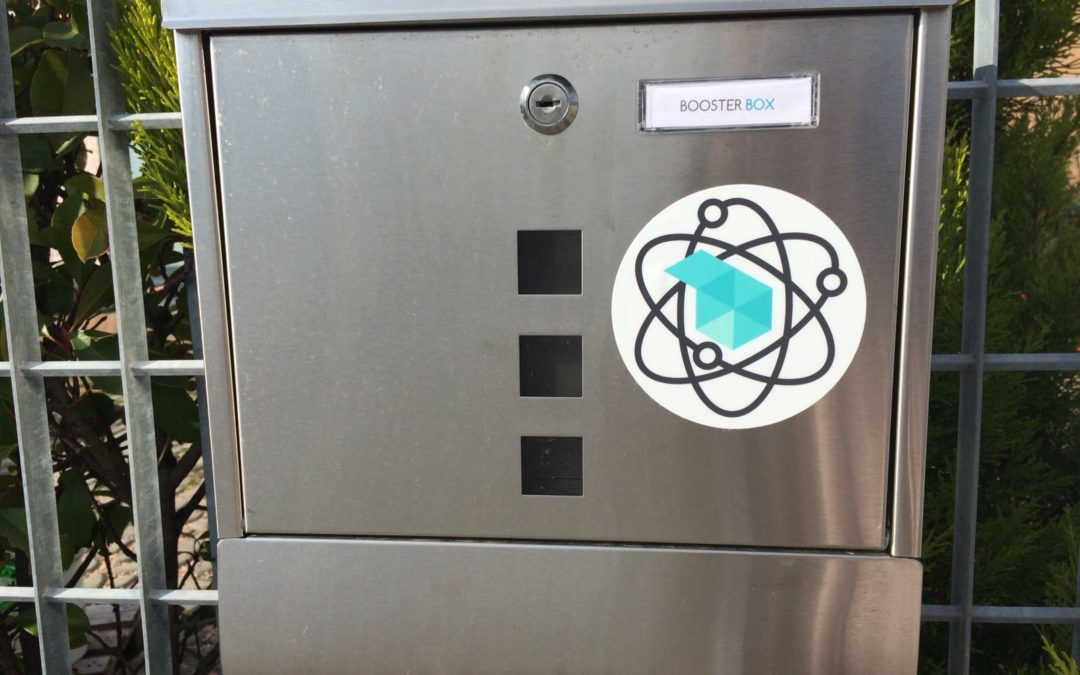Case Study | Kidly | Microtargeting
+51%
Conversions
+25%
Return on Ad Spend
Overview
Aim
We wanted to identify and target only a few thousand households per location otherwise the average order value of a larger area, e.g. city, could be warped by the variation of household incomes within it. Our aim was to collect 3rd party data that would allow us to identify and target specific locations according to the average net disposable income within those areas.
Method
Then we estimated net disposable income for each MSOA according to the ONS definition of the term and also associated the MSOA with the likelihood of a household including a child.
Next, we processed the MSOA location data so that we could accurately target locations in AdWords. To do this we calculated the centroid for every single MSOA and generated longitude and latitude coordinates for this point.
Findings
After 9 months of data collection, we came to strong conclusions that helped us not only set expectations for Kindly, but it also helped us implement our newly developed Micro-targeting methodology on new clients.
1. Conversion Rate (CR) does not correlate with the net disposable income of an area (r=0.014). In simple terms: Rich people are not more likely to make a purchase.
2. Average Order Value (AoV) does not correlate with net disposable income (r= -0.1).
Conclusion: We should not target any locations proportionally to net disposable income.
However, using this data which is not available to us in AdWords, we discovered that…
1. Some
2. Targeting these higher converting areas and excluding the low CR MSOAS dramatically increased the Return
Therefore, in the last 3 months of 2017, we increased ROAS by 25%.
